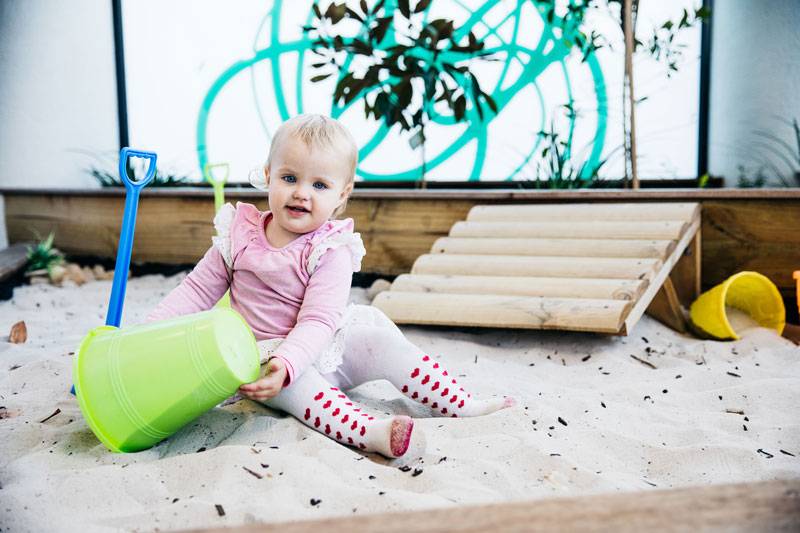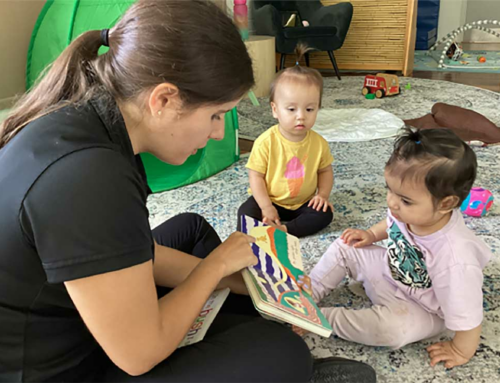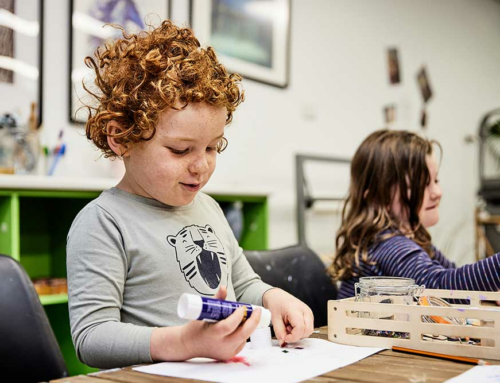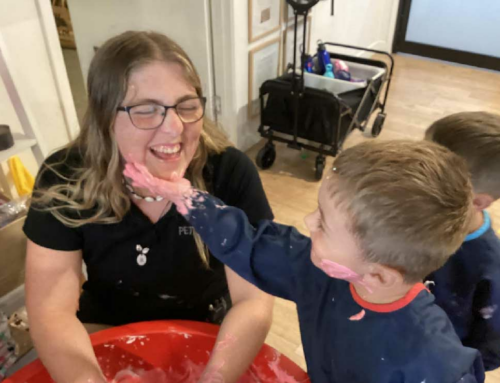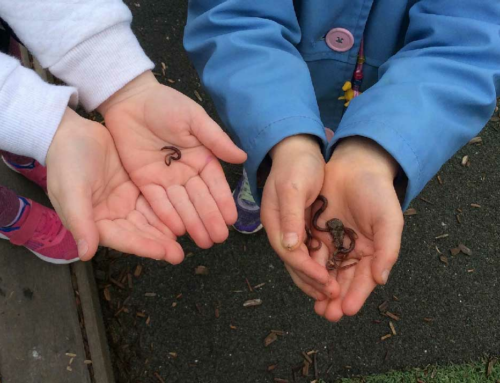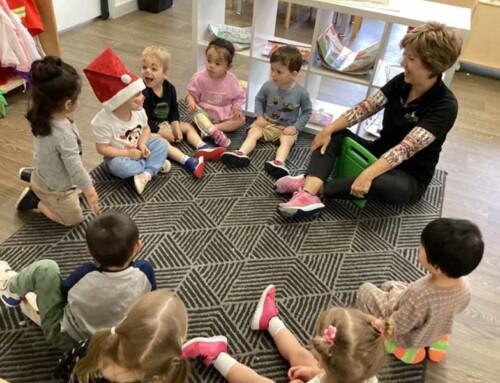The benefits of sensory play go beyond day care. Families can use sensory activities at home to encourage children to explore with their senses. Sensory activities don’t need to be fancy, and while they often involve messy play, sensory tables and tubs can reduce indoor messes.
Children naturally use their senses to explore their environment. While the five senses, taste, smell, sight, sound and touch are well known, there are also internal senses, such as balance, position and movement.
Sensory activities differ from other types of play as the emphasis on the senses amplifies the activity. Sensory play is any activity that activates one or multiple senses, and all kinds of play have the potential to become a sensory activity.
Our list of 12 benefits of sensory play will engage your imagination with activities that you can do with your child around your home. It also reveals:
- How sensory play benefits babies and toddlers.
- Secrets on protecting the home from messy play.
- How to use sensory tables, tubs and bins.
- Easy sensory activities for toddlers and babies.
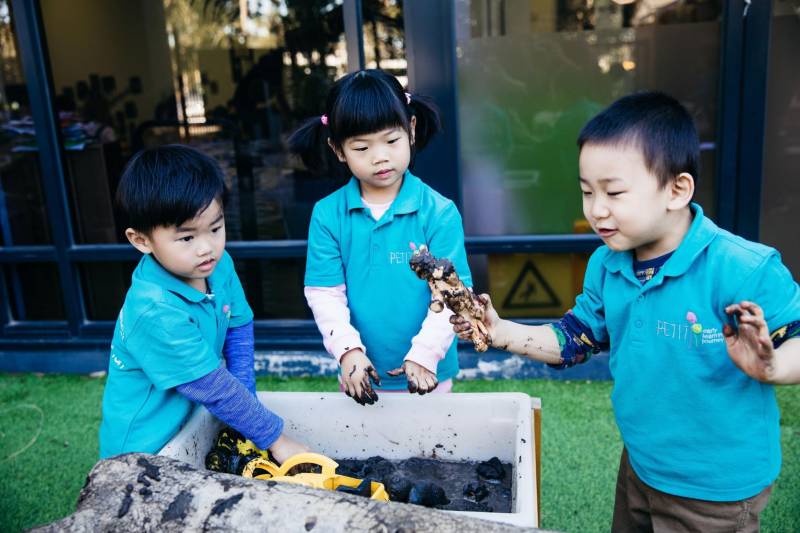
12 Benefits of sensory play for babies and toddlers
1. Sensory experiences support cognitive development.
Sensory play for babies helps developing brains bridge nerve connections. But it isn’t just good for the little ones as brain development continues into adulthood. New and frequent experiences create connections that improve a child’s ability to do more complex learning activities.
2. Sensory activities allow children to develop their knowledge.
The use of sensory material creates hands-on, self-directed, and self-centred play, and it encourages discovery and development. This approach appeals to children who have different learning and thinking styles.
3. Sensory-rich play is inclusive.
Because there’s no right or wrong way to engage in sensory-rich play, it encourages inclusion. Sensory activities particularly benefit children with special needs, a second language and children who enjoy a practical approach to learning.
4. Play using the senses aids in developing and enhancing memory.
Scientists have identified the sense of smell as one of our strongest sense and memory links. Other research linking memory recall and senses suggests our memories are scattered across the brain sensory centres.
5. Sensory play encourages the development of fine and gross motor skills.
Motor skills are predetermined actions that involve your babies’ movement. Sensory play encourages babies and toddlers to move and participate in play, often using repetitive movements.
6. Problem-solving, exploration and creativity are all benefits of sensory activities.
Children love to squish, pull, pour, stir, tap, rub, push, sniff, listen, transport, combine, make patterns and engage in role play – all things different stages of sensory play encourages including play with loose parts.
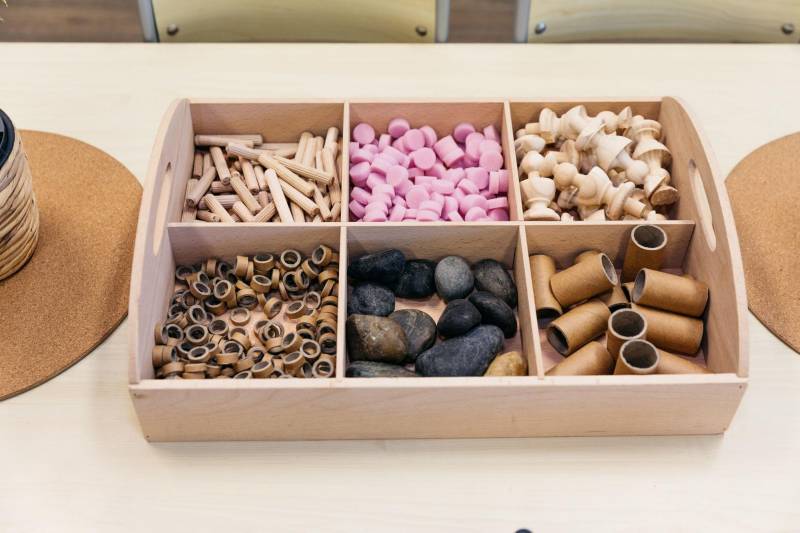
7. Children who are agitated calm when doing sensory play.
Children engaged in sensory play often become absorbed in their activities. Playing outdoors or with sand, using scented candles to create a serene scent scape (with supervision), and the sights and sounds of bubbles and water help distract upset children and promote mindfulness.
8. Sensory play supports language development.
Seeing, hearing, touching, tasting and smelling are all ways children learn to think, feel and compare their environment and the objects within it. Using multiple senses at the same time stimulates learning and language development, especially descriptive words.
9. New and varied sensory experiences are fun.
Different sensory activities stir different senses. By creating countless experiences and giving children with a host of new and varied challenges, children can discover new things about themselves and their world every day.
10. Sensory activities assist children in learning differences and attributes.
When it comes to colour, sensory play provides the conditions for learning where children first discover the differences of each colour. Children learn about the attributes of an object or concept using their senses.
11. Sensory play can suit any environment, outdoors or inside.
The outdoor environment provides a vast wealth of freely available experiences to promote a child’s senses. It’s also more suited to messy play. But it’s possible to explore messy play indoors and keep your home safe or tidy.
When your child engages in messy play, protect floor areas or table surfaces with an old plastic table cover. The bathtub or kitchen sink is also an excellent location for messy play, especially if you’re using paints or water. Sensory bins and tubs help with putting loose parts away.
12. Scientific thinking is supported through play with the senses.
Sensory play supports scientific thinking which involves inquiry, experimentation, hypothesising, researching and investigating encourages a child to use their senses to discover new aspects. It delivers on Outcome 4 of the Early Years Learning Framework.
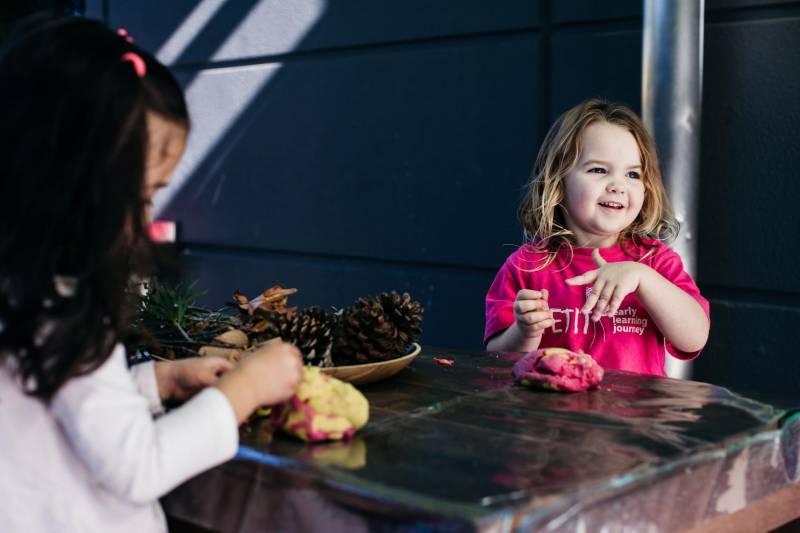
Making use of sensory tables, bins and tubs
Sensory tables, bins or tubs are specially selected containers for keeping sensory activities tidy. Let’s say you are teaching your preschooler about dinosaurs, you could read them a book, but you could also set up a sensory table with a dinosaur theme activity for them to explore.
A sensory themed dinosaur tub might include some toy dinosaur characters, but also kinetic sand, pebbles and stones, pieces of wood, pine cones, assorted seeds and plant material like leaves, moss or succulents.
Your sensory tub is limited only by the imagination and available materials. Themed sensory bins are perfect for exploring different topics, problem-solving and keeping the house clean. Match each theme with a book and song for extended learning and sensory fun.
Sensory tables and tubs may hold small items and objects that aren’t ideal for mouths. Always closely supervise babies and toddlers. Newborns can also engage in sensory activities with your help. You can brush objects against their skin, and shake and rattle containers for sound.
While playing with different sensory items is often self-directed, you can observe and ask open-ended questions to prompt learning, like:
- What does it smell like?
- What do you hear?
- Can you describe the different items?
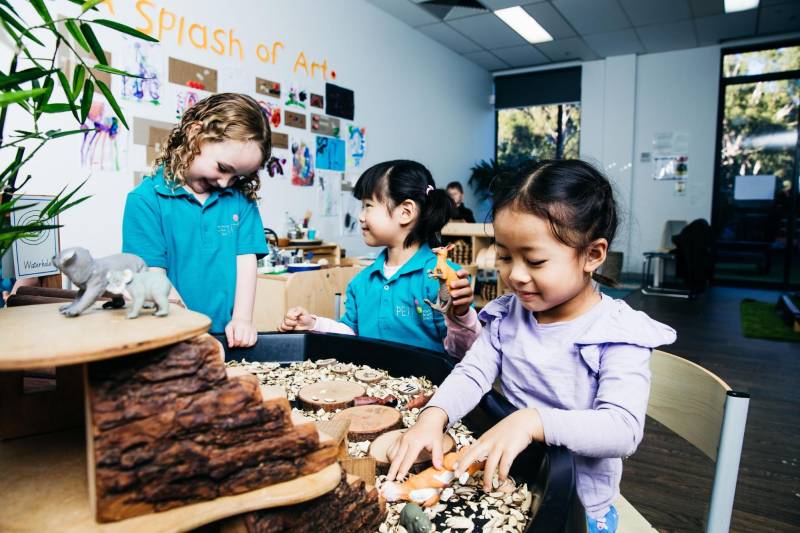
Sensory activities for toddlers
Nature play, water play, sand play and mud play are all types of sensory activities for toddlers that are easy to set up.
Older toddlers won’t need much direction to engage with these sensory environments; they just need your okay. Each context offers endless opportunities for exploration and play-based learning.
Sensory tables and tubs allow you to bring these environments indoors and you can collect many of the items while outside with your child.
A nature tub, for instance, might contain a collection of items like shells, branches, flowers, an assortment of leaves, pine cones, seeds, grass, ferns rocks, soil, sand and mulch. Some containers might also include a fallen bird nest, starfish or feathers.
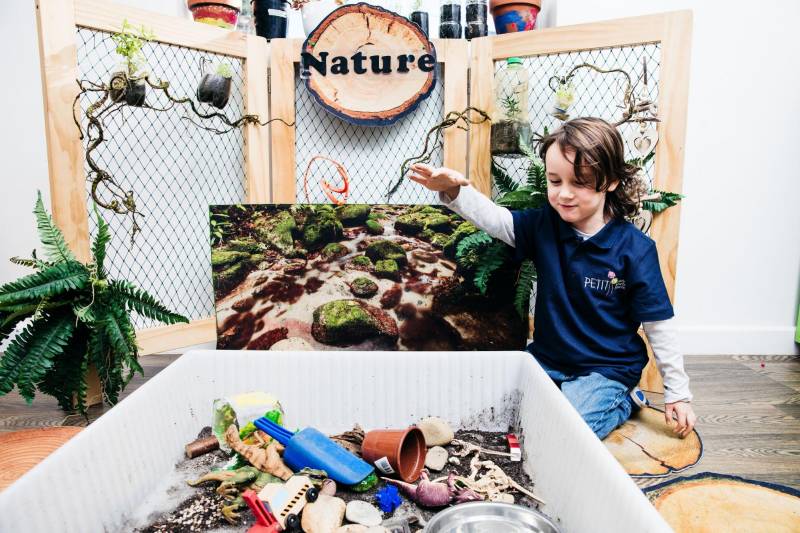
More sensory play ideas for babies
If you’re weaning your baby, a useful activity is to cut up different types of foods for them to taste, smell and feel. Different foods present a new sensory experience. This rewarding experience is also relevant for toddlers, as it can introduce them to new tastes and textures.
Large ice cubes in a bowl make for an exciting and refreshing sensory activity for babies and toddlers. Hot days are perfect for this sensory play idea. When the ice is fresh, your baby’s fingers can hold it firmly, but when it begins to melt it will slip from their hands.
Clear lidded containers are ideal sensory tubs for seeing, hearing and smelling activities. You can make rattles with the containers by adding materials from around the home, like rice, spaghetti tubes or cereal. Different shaped containers will also challenge your baby’s grasp.
Your house is full of sensory materials, and there are heaps of sensory themes and ideas to discover. For many children, sensory play comes naturally as they interact with their environment. It is us adults that need reminding of the benefits of sensory play and how to include it in our child’s day.
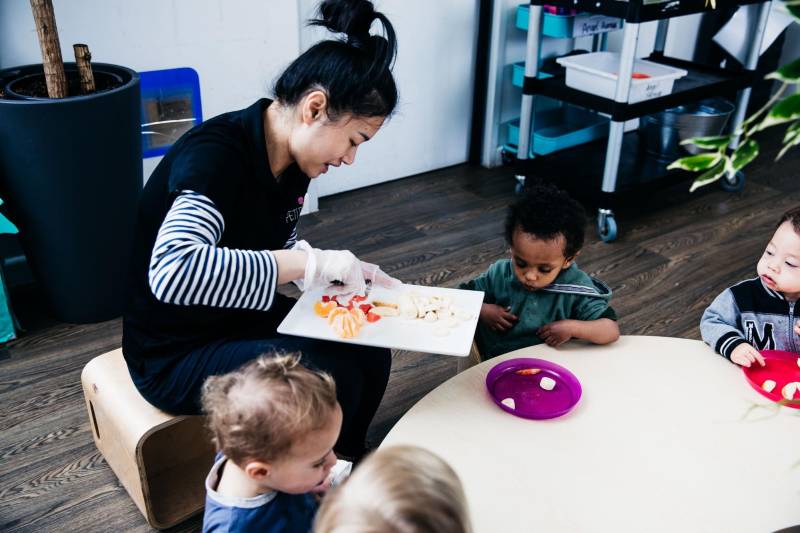
Kindle your child’s imagination with sensory play at Petit Early Learning Journey
Sensory play creates capable and resourceful children who create their own knowledge. It encourages learning through curiosity, exploration, creativity, enthusiasm and self-examination. At Petit ELJ, we embrace sensory play inside our studios and in the outdoor environment.
We encourage children to develop a range of skills across all senses. If you’d like to find out how your child can benefit from sensory play and how we integrate it into our everyday activities come for a tour at your nearest Petit ELJ centre.
